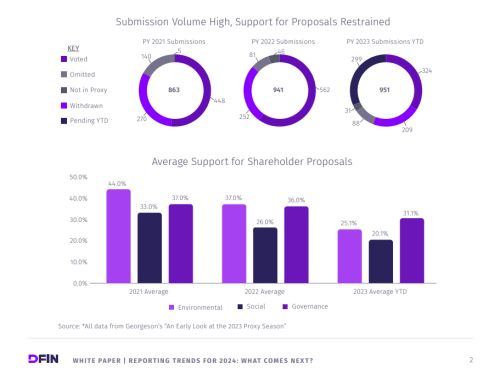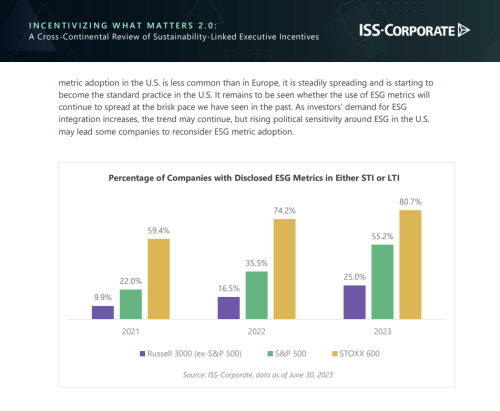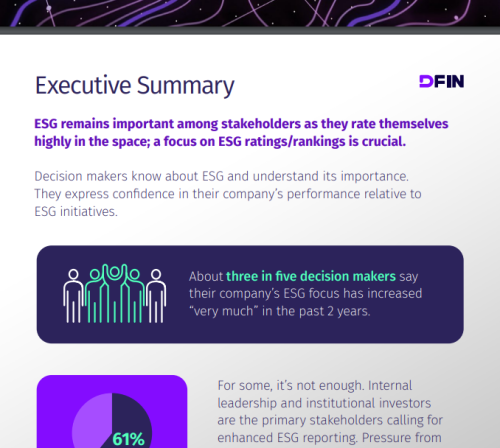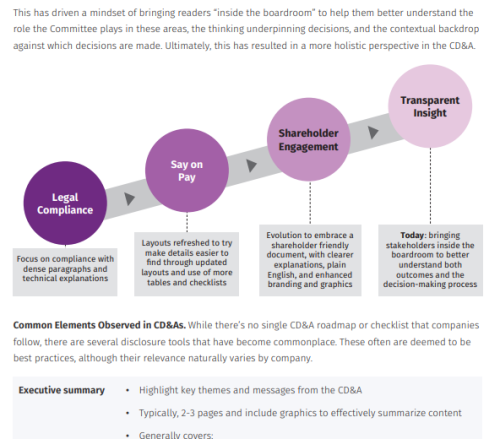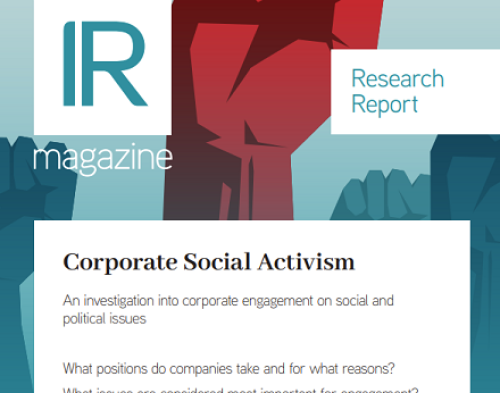The US chapter of The 30% Club celebrated its four-year anniversary in June with a bang – by announcing that female board representation across its members is now above 30 percent.
The 30% Club was established in the UK in 2010 as a way to have CEOs and board chairs target having 30 percent female board representation. There are now 11 chapters around the world. In the US, the group has 72 member organizations, many of which are public companies.
When US the chapter launched in 2014, backed by Bloomberg’s chair Peter Grauer, female board representation among members was 21.7 percent and it now stands above the group’s 30 percent target. Female representation at board level in the Fortune 500 currently stands 22.2 percent, according to Heidrick & Struggles’ latest Board Index report.
Kiersten Barnet, manager of Bloomberg’s Gender-Equality Index and chair of The 30% Club’s US steering committee, talks to IR Magazine about how the group’s member organizations have driven change in their own businesses and how they intend to influence non-member companies in the future.
Congratulations on hitting the 30 percent milestone in time for the four-year anniversary of the US chapter. How have your members brought about change within their own companies?
There’s no one-size-fits-all approach. I think one of the reasons this effort has been successful is that we aren’t too prescriptive and understand that companies have their own unique challenges in the boardroom. But there have been some key trends we’ve seen.
Firstly, a lot of our members are using search firms for board [recruitment]. That helps boards get away from who they know. Search firms tell us that it’s entirely standard practice to put forward a diverse slate of candidates and that they would never put forward an all-male slate. I think that’s causing them to look in new places for female talent with diverse skillsets.
Third-party board evaluations are also becoming more common. Some of our members have said in the past that they wanted to add women to their board but they didn’t have a seat. Third-party evaluations are helping to identify skills shortages in the boardroom, which eases what can otherwise be a difficult conversation between the chair and another board director.
Another trend we’ve seen is companies getting away from only wanting sitting and former CEOs. If you broaden that focus, it helps diversify the pool of candidates. There aren’t many female CEOs in the Fortune 500 but there are a lot of female CFOs and women in digital, risk and compliance, for example. There are new skills that are in demand in the boardroom and not all current and former CEOs have those skills.
For example, Tiger Tyagarajan, the president and CEO of Genpact, set the goal of adding three women to his company’s board. They added one female director quite quickly but struggled to find the other two. They were looking for someone with digital expertise. It turned out that they had a by-law that meant they couldn’t appoint sitting executives to their board.
With one vote they got rid of that rule and found two very accomplished women to join their board immediately. It shows that if you make this a priority you can add diverse skills and perspectives to your boardroom.
When you and Peter Grauer began promoting the idea of a US chapter of The 30% Club, what kind of response did you get?
There was a genuine interest in adding diversity to the board, but a lot of people who didn’t know how. Being a chair and a CEO can be a lonely job and having a peer network allows our members to talk candidly.
Because in the US the role of the chair and the CEO is often combined, I also found that a lot of our members were focused beyond the board to their own talent pipeline within the company. They want their C-suite to be diverse and to be attractive to a global pool of talent.
With that in mind, The 30% Club recently launched the Future Female Directors group. What does it entail and what are some of the results it has had?
Within two years of launching our chapter, our members had made good progress and were wondering why the same wasn’t true across the Fortune 500. One of the things we heard is that boards are still more comfortable appointing someone they know or have a mutual connection with.
That means women may be having trouble penetrating male-dominated networks because even if a more diverse slate is presented to the board, there may be mutual connections that make one of the male candidates stand out.
Our members decided that they have women at their companies who are board-ready and recognized that, as CEOs and chairs, they have a powerful voice to vouch for these women. So, members put forward one-to-three women from their company. Then those women were given visibility to search firms who were working on board searches. Since the launch, we have placed 12 women on boards.
Moving beyond that, we heard members saying that they have women who maybe aren’t ready to sit on a public company board, but could sit on a private-equity backed board, a private company board or even a non-profit board.
So, we partnered with a company called The Board List, which is an online platform and has a similar model where women are nominated by executives. When women are nominated, it’s indicated which type of board they would be eligible for. It just launched two months ago and what I love about it is that it’s using technology to help us scale much more quickly.
There are many stakeholders involved in driving boardroom diversity – public companies, investors, the media, executive search consultants, regulators, the general public and, potentially, politicians. Are there certain stakeholders that have been particularly instrumental in driving change and others that have lagged?
Compared to The 30% Club chapters in Europe, I can say we don’t have government or regulatory support here. Personally, I’m not a fan of quotas but I’m a fan of the threat of quotas, and that’s what the UK had. It’s not something we have and not something that I expect we’ll have any time soon.
That’s why the responsibility falls on the private sector. The investment community has had a really big impact. 2017 was a particularly big year, with BlackRock, State Street and Vanguard all voting against companies for a lack of diversity in their boardrooms. That sent a really big message to other big investors and to public companies about what is going to be important moving forward.
Increasingly, a company’s client base is going to be a factor as well. With the rise of millennials and women as part of a company’s source of capital, transparency becomes very important. That trickles into investor sentiment, which makes its way into the boardroom.
What does the future hold for The 30% Club?
We’re really excited to hit the 30-percent milestone among our members and we want to keep up the momentum. What our members are now focused on is how to get other companies to engage with this topic. We’re looking at research and thinking about how we can get the numbers to move across the Fortune 500.


